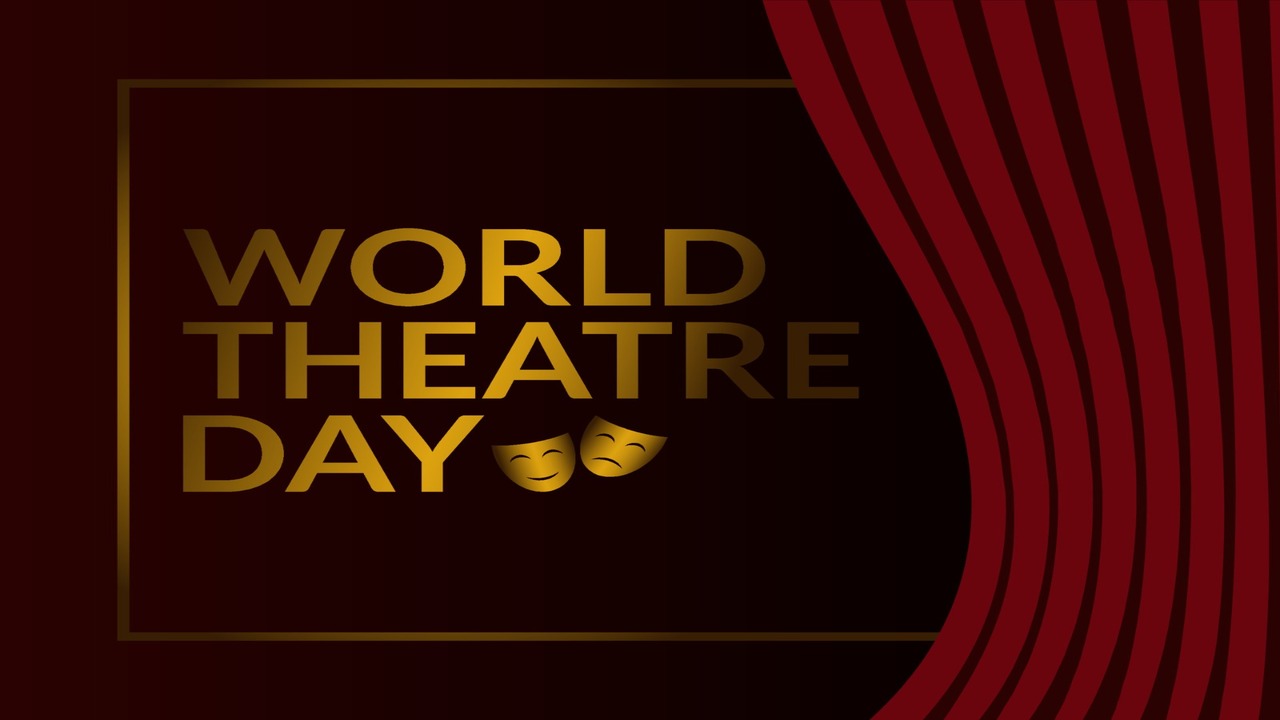The Art of Audio Drama: A Journey Through Sound
Introduction
Audio drama, also known as radio drama or audio theater, is a form of performance that relies solely on sound to convey a story. Unlike traditional plays or films, audio dramas use dialogue, music, and sound effects to create an immersive experience for the listener. This medium has a rich history and continues to evolve with technological advancements, making it a dynamic and engaging form of storytelling.
The History of Audio Drama
Audio drama has its roots in the early 20th century with the advent of radio broadcasting. The Golden Age of Radio, spanning the 1920s to the 1950s, saw the rise of this medium as a primary source of entertainment. During this period, families would gather around their radios to listen to serialized stories, comedies, dramas, and mysteries.
Classic programs like “The War of the Worlds,” famously adapted by Orson Welles in 1938, demonstrated the power of audio drama to captivate and even alarm audiences. This broadcast, which presented H.G. Wells’ novel as a series of news bulletins, led many listeners to believe that an actual alien invasion was taking place, showcasing the medium’s ability to evoke strong emotional responses.
The Elements of Audio Drama
Creating an effective audio drama involves several key elements:
- Script: The foundation of any audio drama is a well-crafted script. It must include detailed dialogue and descriptions of sounds to guide the actors and sound engineers.
- Voice Acting: Skilled voice actors bring characters to life through their vocal performances. Their ability to convey emotion and nuance is crucial, as listeners rely entirely on auditory cues to understand the story.
- Sound Effects: Sound effects (SFX) play a vital role in setting the scene and enhancing the narrative. From footsteps to weather sounds, SFX help create a vivid audio landscape.
- Music: Music can set the tone, build tension, and provide emotional depth. Carefully selected or composed music can significantly enhance the listening experience.
- Production Quality: High-quality recording and editing are essential for a professional-sounding audio drama. Clear sound, balanced levels, and seamless integration of dialogue, music, and effects are key components.
Modern Audio Drama
In recent years, audio drama has experienced a resurgence, largely due to the popularity of podcasts. Platforms like Spotify, Apple Podcasts, and Audible have made audio dramas more accessible than ever. Modern productions often leverage advanced technology and innovative storytelling techniques, attracting a new generation of listeners.
Contemporary audio dramas range from adaptations of classic literature to original series exploring various genres, including science fiction, fantasy, horror, and true crime. The flexibility of the medium allows creators to experiment with narrative structure and audio effects, pushing the boundaries of traditional storytelling.
The Future of Audio Drama
The future of audio drama looks promising as creators continue to explore new possibilities. Virtual reality (VR) and augmented reality (AR) technologies are beginning to influence the medium, offering immersive audio experiences that blur the lines between fiction and reality. Additionally, the rise of smart speakers and voice-activated devices provides new platforms for audio drama consumption.
As audio drama evolves, it remains a testament to the enduring power of storytelling through sound. Whether through a pair of headphones on a commute or a smart speaker at home, audio drama offers a unique and captivating way to experience stories.
Conclusion
Audio drama is a dynamic and versatile form of entertainment that has captivated audiences for over a century. By harnessing the power of sound, it creates immersive narratives that engage the imagination in ways that visual media cannot. As technology continues to advance, audio drama will undoubtedly continue to evolve, offering new and exciting ways to experience the magic of storytelling.




